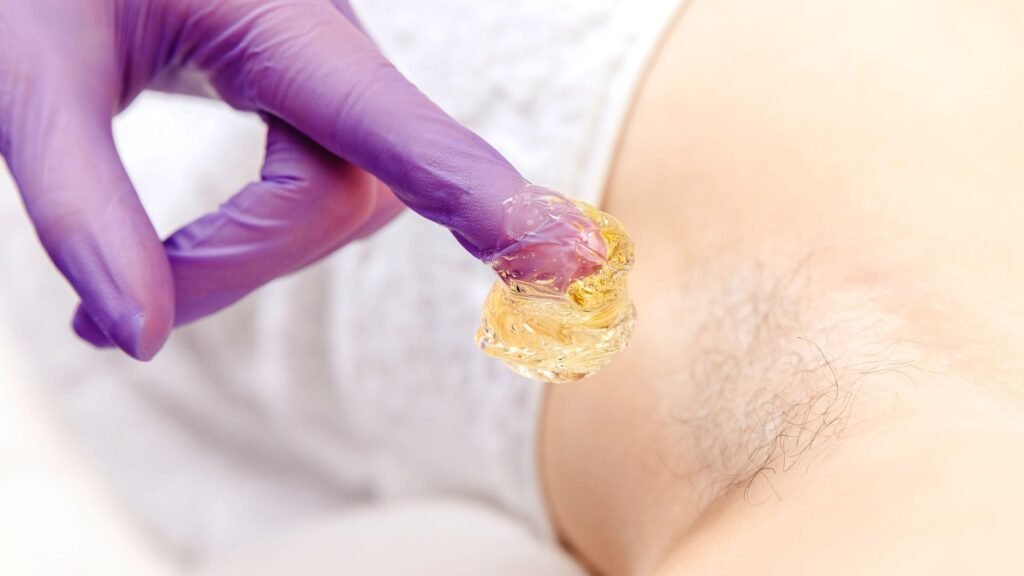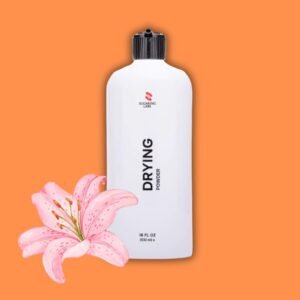Can Sugaring Remove Hair Permanently? Separating Myth from Fact

Can sugaring remove hair permanently? It’s a frequently asked question among beauty enthusiasts exploring hair removal options. Sugaring, a popular hair removal method dating back to ancient Egypt, is known for its natural ingredients and gentle approach. However, the question remains: can sugaring remove hair permanently, or is this merely a myth?
Table of Contents
- How Sugaring Impacts Hair Follicles?
- Does Sugaring Lead to Thinner Hair and Slower Regrowth?
- Clarifying “Permanent Hair Removal”
- Tips to Achieve Longer-Lasting Sugaring Results
- Expectations vs. Reality in Sugaring Results
- Frequently Asked Questions
- Can sugaring remove hair permanently?
- How does sugaring affect hair regrowth?
- What’s the difference between permanent and semi-permanent hair removal?
- How can I make my sugaring results last longer?
- What should I realistically expect from sugaring treatments?
How Sugaring Impacts Hair Follicles?
First, understanding how sugaring impacts hair follicles is crucial. Sugaring involves applying a sticky paste made from sugar, lemon, and water directly onto the skin, removing hair from the root when swiftly pulled away. Unlike shaving, which cuts hair at the surface, sugaring extracts hair entirely, weakening follicles over time. Regular sugaring treatments can lead to noticeable changes in hair texture and growth patterns.
Does Sugaring Lead to Thinner Hair and Slower Regrowth?
But does sugaring lead to thinner hair and slower regrowth? Yes, consistently removing hair from the root with sugaring can result in finer, softer hair. Over multiple treatments, many individuals report hair regrowing more slowly and appearing less noticeable. This effect is due to the repeated disruption of hair growth cycles, gradually weakening follicles. However, despite these encouraging results, sugaring doesn’t eliminate hair follicles completely.
Clarifying “Permanent Hair Removal”
Clarifying what “permanent hair removal” means is important when considering sugaring. Permanent hair removal typically implies that hair is entirely removed, never to regrow again. Procedures like electrolysis or laser hair removal often promise this permanent outcome. Sugaring, on the other hand, cannot destroy hair follicles completely but can significantly reduce hair growth and density over time. Hence, the notion that can sugaring remove hair permanently is partially misleading. Instead, sugaring offers semi-permanent results, meaning hair grows back thinner and sparser but doesn’t disappear entirely forever.
Tips to Achieve Longer-Lasting Sugaring Results
To maximize the longevity of sugaring results, several practical tips can help achieve longer-lasting smoothness. First, maintain a consistent sugaring schedule. Regular appointments approximately every 4-6 weeks ensure that hair is continually removed at optimal lengths, maximizing follicle weakening. Secondly, proper exfoliation between treatments helps reduce ingrown hairs and improves overall skin texture, allowing easier hair extraction in subsequent sessions. Lastly, moisturizing regularly keeps skin healthy and resilient, facilitating smoother and more effective sugaring sessions.
Expectations vs. Reality in Sugaring Results
Expectations versus reality in sugaring results also play a significant role. Many clients approach sugaring with unrealistic expectations, anticipating permanent removal after just a few sessions. It’s essential to set realistic goals—understanding that sugaring is a gradual process. Noticeable hair reduction and slower regrowth typically become apparent after several consistent treatments. Individual results vary significantly, influenced by hair type, hormonal factors, and adherence to aftercare routines.
Therefore, while sugaring is highly effective in reducing hair growth and thickness, labeling it as permanently removing hair is not entirely accurate. Regular and continuous treatments offer the best outcomes, gradually reducing hair visibility and frequency of regrowth. Sugaring remains a safe, natural, and effective alternative to harsher hair removal methods like waxing or shaving, especially suitable for sensitive skin.
Ultimately, if you’re wondering, “can sugaring remove hair permanently,” the straightforward answer is no—not in the absolute sense. However, it undoubtedly offers excellent semi-permanent results, significantly improving the comfort and convenience of managing body hair long-term. By maintaining realistic expectations and adhering to proper aftercare, sugaring can indeed provide lasting smoothness and noticeable reduction in hair growth, making it a valuable addition to your personal grooming routine.
Frequently Asked Questions
Can sugaring remove hair permanently?
No, sugaring does not remove hair permanently in the absolute sense. While it weakens hair follicles over time and can lead to thinner and slower regrowth, it does not completely destroy hair follicles. For truly permanent hair removal, treatments like electrolysis or laser hair removal are more appropriate.
How does sugaring affect hair regrowth?
Sugaring removes hair from the root, which can weaken hair follicles over time. With consistent treatments, many people experience finer, softer hair and slower regrowth. This process helps reduce the appearance and density of hair, although results vary by individual.
What’s the difference between permanent and semi-permanent hair removal?
Permanent hair removal means hair is eliminated entirely and does not grow back, as with electrolysis or some laser treatments. Sugaring, however, is considered semi-permanent—it reduces hair growth and thickness over time, but hair will eventually grow back if treatments are stopped.
How can I make my sugaring results last longer?
To achieve longer-lasting results, stick to a regular sugaring schedule (every 4–6 weeks), exfoliate between sessions to prevent ingrown hairs, and moisturize regularly to keep skin healthy and aid in effective hair removal.
What should I realistically expect from sugaring treatments?
Expect gradual improvements rather than instant, permanent hair removal. Over time, with consistent treatment, hair will likely grow back finer and slower. Individual results depend on factors like hair type, hormonal balance, and adherence to aftercare practices.










